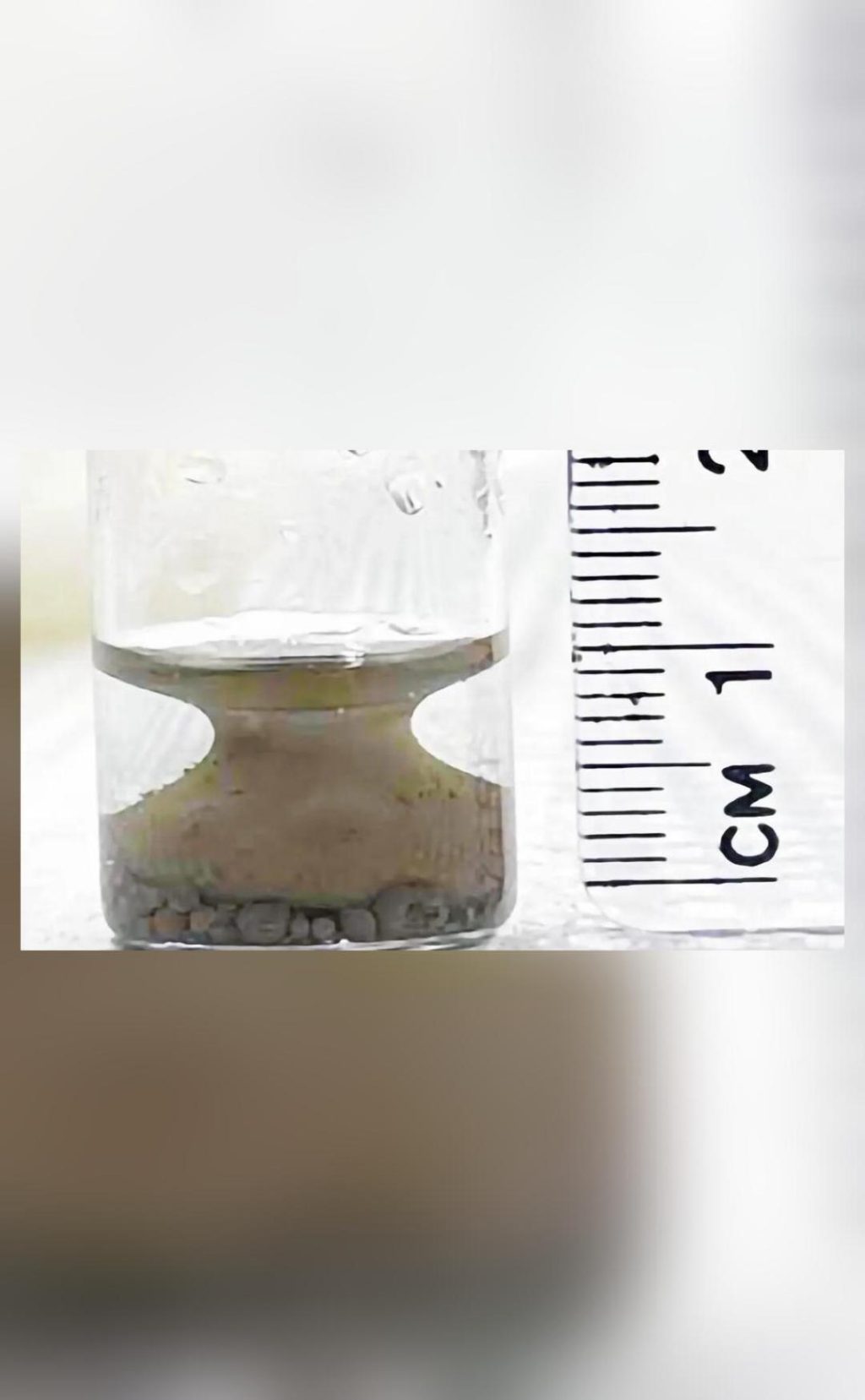
Researchers in US Discover ‘Shape-Recovering Liquid’
In a groundbreaking discovery, a team of researchers at the University of Massachusetts Amherst has created a liquid that can recover its original shape even after being vigorously shaken or manipulated. This phenomenon, dubbed a “shape-recovering liquid,” challenges long-held principles of thermodynamics and has significant implications for various fields, including materials science, biomedicine, and soft matter physics.
The researchers, led by Professor David A. Weitz, discovered that a mixture of oil, water, and magnetized nickel particles can form a specific shape – a curvaceous urn – that consistently reappears even after being subjected to intense shaking. This ability to recover its original shape is unprecedented in the field of soft matter physics, where liquids typically lose their structure and conform to their container’s shape under external stress.
The team’s findings, published in the journal Nature, demonstrate that the shape-recovering liquid can maintain its structure even when subjected to extreme conditions, such as high temperatures, high pressures, and intense vibrations. This property makes the liquid suitable for a wide range of applications, including the development of advanced materials with unique properties.
The discovery is attributed to the unique properties of the mixture, which contains magnetized nickel particles suspended in a liquid oil-water mixture. The particles are capable of aligning themselves in response to an external magnetic field, allowing the mixture to form a specific shape that is maintained even when the field is removed.
“This is a game-changer,” said Professor Weitz, who led the research team. “The ability to create a liquid that can recover its original shape has significant implications for a wide range of fields, from materials science to biomedicine.”
The shape-recovering liquid has potential applications in various areas, including:
- Materials Science: The discovery could lead to the development of new materials with unique properties, such as self-healing materials that can recover their structure after damage.
- Biomedicine: The liquid could be used to create advanced medical devices, such as implantable devices that can recover their shape after being manipulated.
- Soft Matter Physics: The discovery challenges long-held principles of thermodynamics and has significant implications for our understanding of the behavior of soft matter systems.
The researchers’ findings have also sparked interest in the scientific community, with experts hailing the discovery as a major breakthrough.
“This is a truly remarkable discovery that challenges our current understanding of liquid behavior,” said Dr. Maria A. Kozlov, a soft matter physicist at Harvard University. “The potential applications of this technology are vast and exciting.”
The discovery of the shape-recovering liquid is a testament to the power of interdisciplinary research and collaboration. The team’s findings demonstrate the importance of pushing the boundaries of scientific knowledge and exploring new frontiers in order to make groundbreaking discoveries.
As the scientific community continues to explore the properties and potential applications of the shape-recovering liquid, it is clear that this discovery has the potential to revolutionize various fields and open up new avenues for innovation and research.






